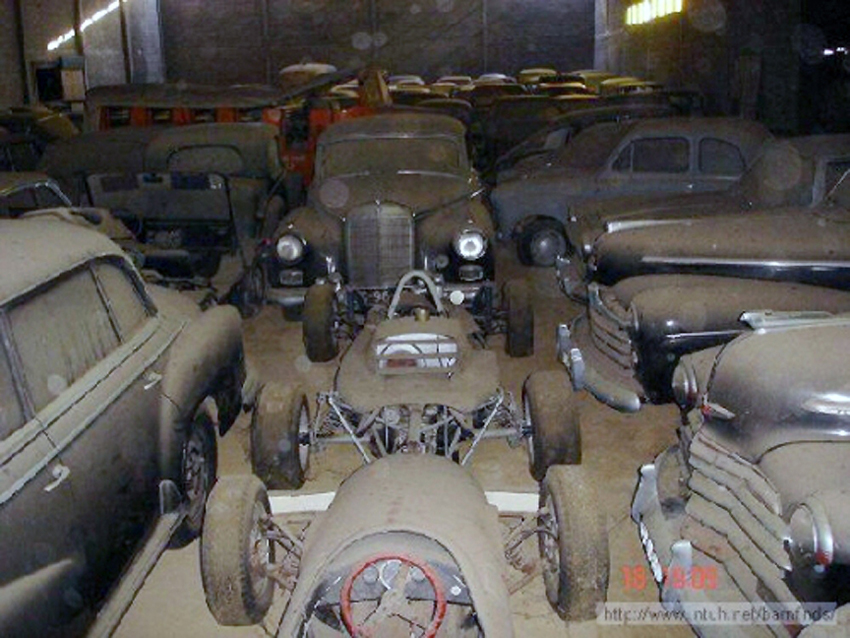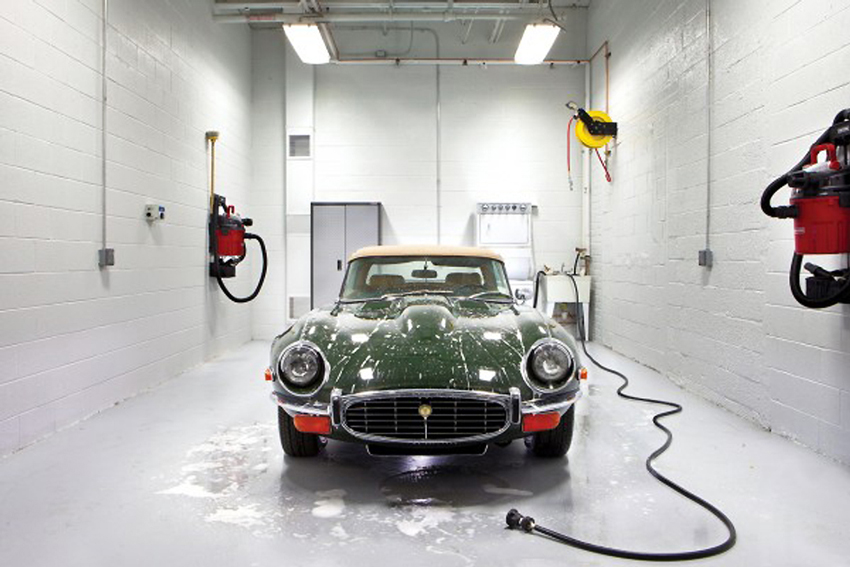You shouldn’t put your car in hibernation.
You should be driving your car.
You need to drive it at least once a month – every month.
You’re going to ignore this advice. You’re going to tell me it’s cold in the winter and there is salt on the road blah, blah, blah.
The time and effort required to prepare a car for storage, plus the similar amount of time and effort required to get that same car back on the road, makes storage very unappealing. Driving your collector car on a regular basis is just a whole lot easier. Also more fun. But you already knew that.
I once said “I’m only going to park the car for a couple of weeks.” Three years later when I lost my lease on the storage facility I finally got the car out of storage. I think that I spent about $3,000 in repairs that year. The entire car deteriorated because of my optimism regarding how long the car would be in storage. If your car is going into hibernation always act as if you’re going to store the car for a long time.


Tune Up
The car should be running perfectly when you put it away. When you finally get around to starting the car you want to eliminate any guesswork. Knowing that the car was in perfect running order when you put it away does that. Starting a car that’s been stored is not always the easiest thing to do but knowing that it was in great condition when you put it away sure helps. At least the troubleshooting tree is smaller.
Battery
Take the battery out of the car. Now clean the area where the battery resided. Battery trays are usually the most rust-eaten part of any car. Battery acid has a way of creating holes in steel. Long hood Porsche 911 owners, and 914 owners need to pay special attention to this advice.
You now need to find a place to store the battery where it won’t freeze and where it is also near an electrical outlet. Clean the battery terminals and attach some sort of battery maintenance device. An alternative is to use a regular battery charger and fully charge the battery once a month.
Gasoline
This has become a huge deal with the advent of ethanol fuel. Ethanol is hydrophilic, meaning it tends to draw moisture out of the air. After a couple of months your gasoline is contaminated with water.
Some people use stabilizers and a lot of hobbyists believe in them. The people who actually refine gasoline think stabilizers are high priced snake oil. Most of the information we have about these gasoline stabilizers is anecdotal and the science regarding these chemicals is questionable.
If you look at the various MSDS sheets you’ll see that Sta-Bil is ninety-five percent kerosene. Seafoam is sixty per cent pale oil, which is a light mineral oil. Gasoline with ethanol has about a three-month shelf life. If you leave a vented tank full, even with fuel stabilizers, you’ll have phase separation and water in about three months.
If you drain the tank (and you really should) you need to run the car to get all of the fuel out of the carburetors. Aluminum carburetors seem to be fine if the ethanol content is below ten per cent. The problem is how do you know that? It’s best to simply run all the gas out of the carburetors before storing the car.
Air Intake and Exhaust
A lot of us have owned cars that became rodent condos. If you want to keep your car nice you have to do what your homeowners association does. Don’t let the undesirables past the front gate. Tape all of the air intakes shut. Do the same with the exhaust pipes.
Think like a mouse. How could you get into this car to keep warm in the winter? Plug every possible opening. Look around and seal the defroster vents and heater intakes. If you have obsessive-compulsive issues you might want to remove the air filter, bag it, and tape over the resulting opening. If you have a really serious disorder you can put a bag of silica-gel desiccant in the bag that holds the air filter.
Tires and Wheels
This is where you have to make a decision. Are you going to leave the car on the ground or will it go up on jack stands? If you’re only going to put the car away for sixty days just add five extra lbs. to the tires. After thirty days of storage roll the car back a few feet. You don’t have to move it that much. You just need to prevent the tires from developing flat spots.
Jack Stands
If you admit that your car is going to be hibernating for longer than just a few months you should think about jack stands. Placement of the jack stands is a big deal.
If you put the jack stands under the body, or frame, of the car the suspension will go to full droop. That’s not a good idea. The jack stands should be under the axles and the control arms. You want to load the suspension the same way it would be if you had the tires on the ground.
Car Covers
This is one place you don’t need to spend a lot of money. You just need to keep dust and cat paws off your car. A spare blanket from your closet should work fine. Please don’t use plastic sheeting as a car cover though. If you want, there are a number of custom fit high-end car covers on the market. On the other hand you can get a nice dust cover for under $50.00
The object of the whole exercise is to reduce the amount of rust on your car. Concrete floors exacerbate that issue. A vapor barrier may not have been installed under your garage slab. This means moisture from the ground can penetrate up through the concrete. You can test for the amount of moisture coming through the floor, but it’s actually easier to just drive your car onto one of those cheap plastic tarps from Home Depot. You want to use plastic that’s at least 10 mil thick.
A Lot of Work
Now that we’ve looked at the time and effort required to prepare a car for storage, plus the similar amount of time and effort required to get it back running in the spring, the idea of just driving the car becomes much more appealing. Driving the car once a month is just a lot easier.
If you do decide to drive the car every month make sure you take a trip of at least 30 miles. You need to get all the systems fully warmed up to minimize condensation. If you just start the car for a few minutes you’re going to create problems. The hot components interacting with the cold components create condensation, or moisture. That moisture defeats the whole purpose of putting your car away.

